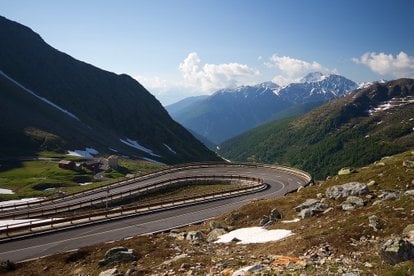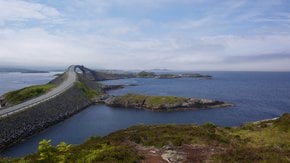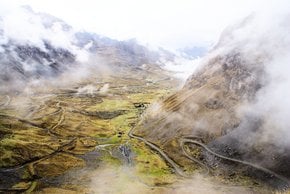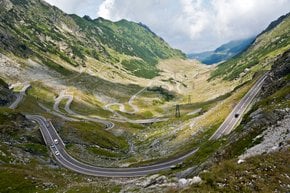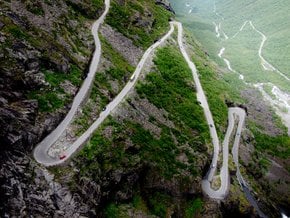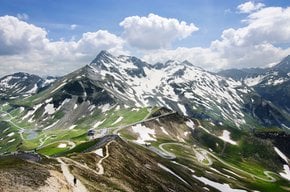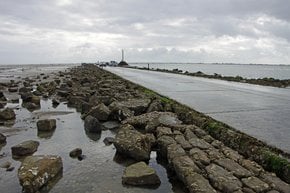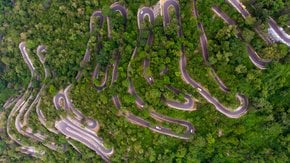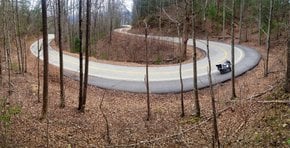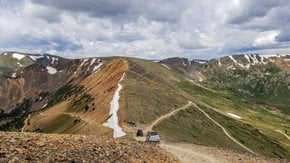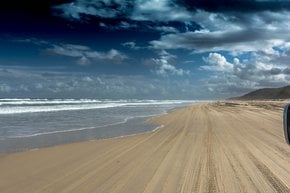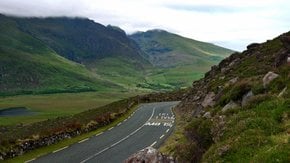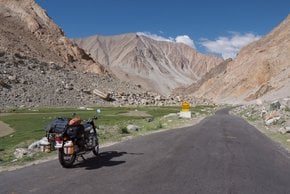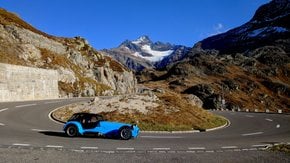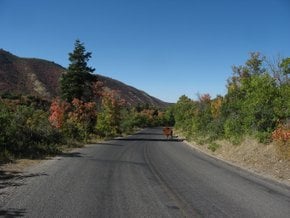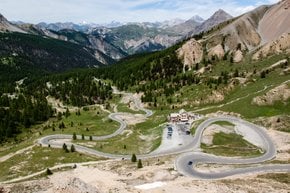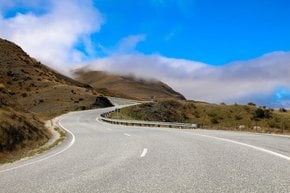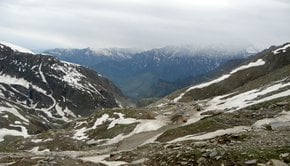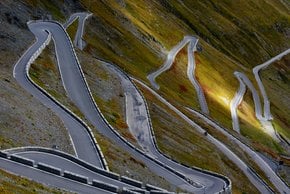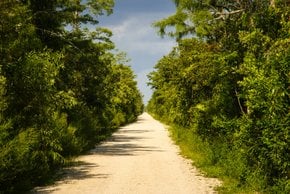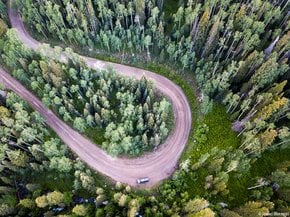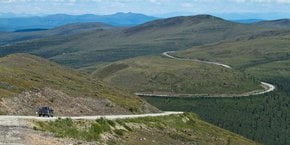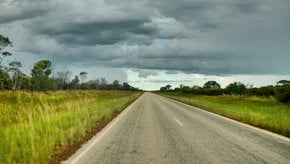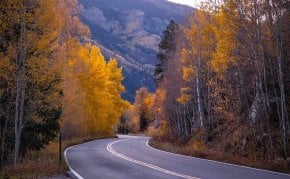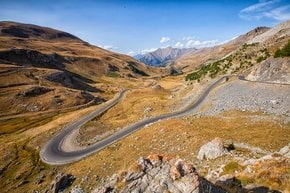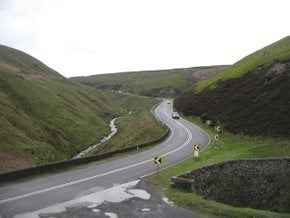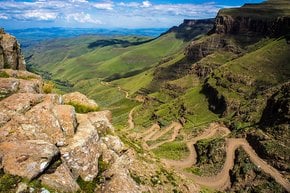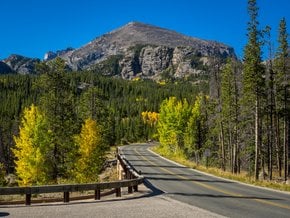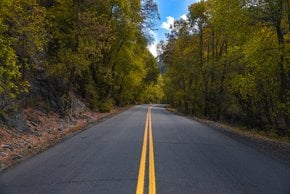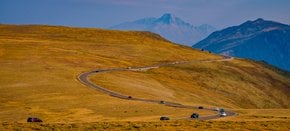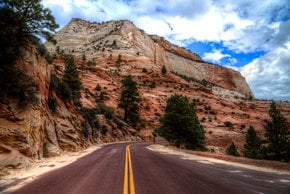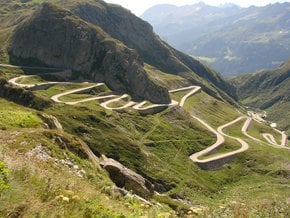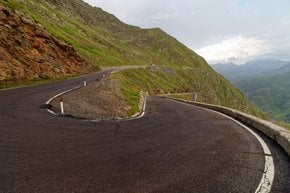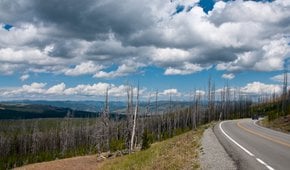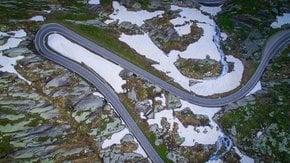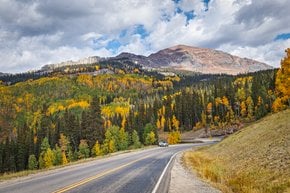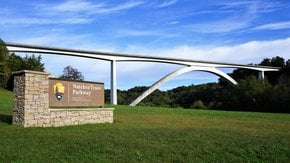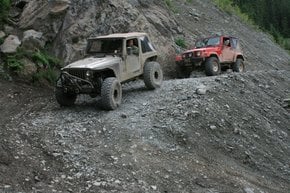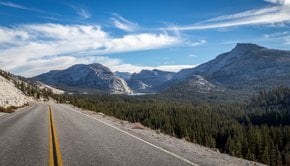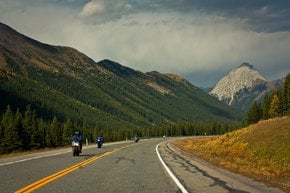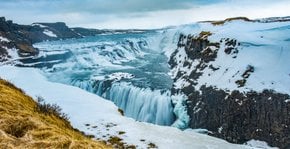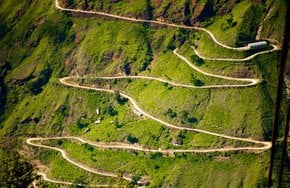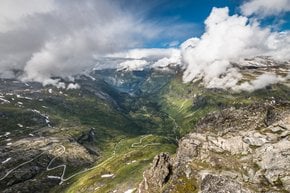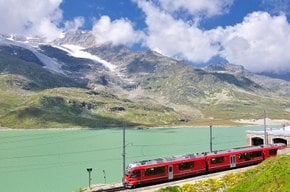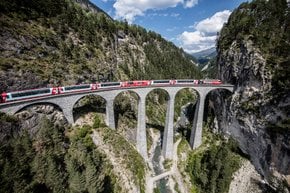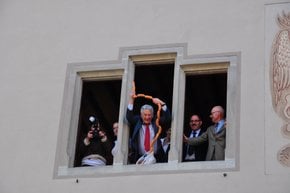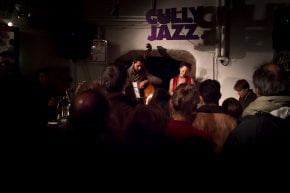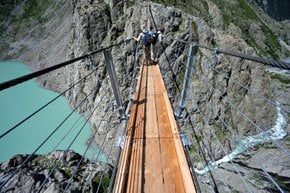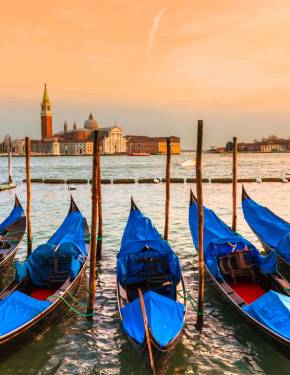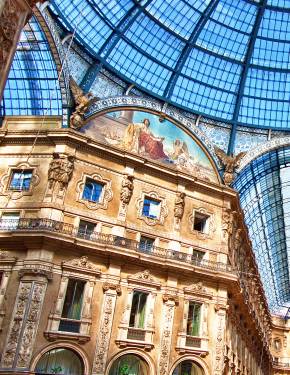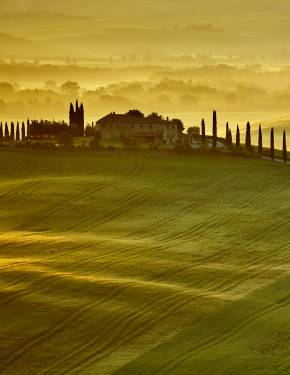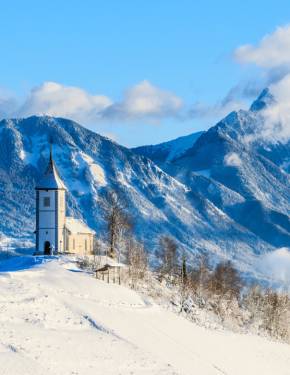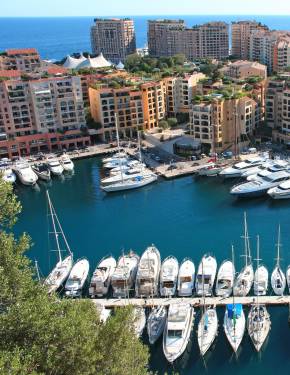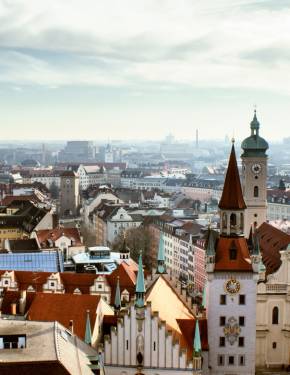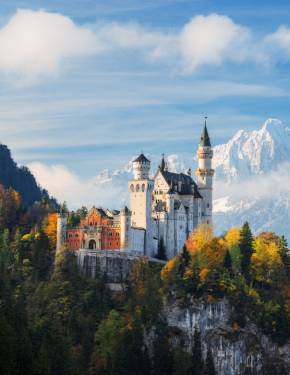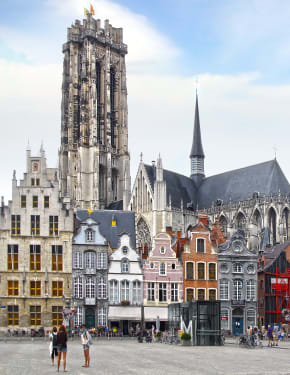Great St Bernard Pass in Switzerland 2026
A scenic mountain pass that gdot famous thanks to its dogs
Best time: June–September
Great St Bernard Pass or Col du Grand-Saint-Bernard connects Martigny, Canton of Valais in Switzerland to Aosta, Italy. With an elevation of 2,469 m (8,100 ft), the road over the pass can be buried under 10 meters of snow in winter, and the temperatures drop below -20°C. Naturally, the road is closed to traffic roughly from mid-October to early June, so you can drive up there from June to September. For the traffic updates, please check the My Swiss Alps website.
Great St Bernard Pass is the third highest road pass in Switzerland attracting lots of transit from Geneva to Torino and back. The pass road has also been featured several times in the Tour de France and the Giro d'Italia bicycle races. But most of all, the pass is known for the Saint Bernard dogs that had been bred here by the monks centuries ago.
People have been using the pass since the Bronze Age. Romans crossed it with Julius Caesar in 57 BC, and the French with Napoleon in 1800. The asphalted road was built here in 1905.
From Sembrancher, Switzerland, the climb takes about 30 km (18.5 mi) with an elevation gain of 1,752 m (5,748 ft) and a 5.7 % gradient. When driving from Aosta, the ascent is 32 km (20 mi) long with an elevation gain of 1,878 m (6,161 ft) and 5.9 % gradient.
The beautiful winding road over St Bernard Pass boasts panoramic alpine views. The summit features the lake that is frozen for about 265 days every year. There is also the Great St Bernard Hospice on top of the pass that dates back to 1049. The monks still live there and maintain the pass that has become an icon of the Alps thanks to the engagement of St Bernard dogs in rescue operations in the mountains during the 17th century. Visitors can still see those amazing dogs in summer or visit a dog museum in Martigny to learn their story.
You can also hike or cycle to the top of St Bernard Pass for a truly rewarding experience. Hikers can enjoy flower-filled meadows, ruins of one of Charlemagne's castles, and parts of the old Roman road on their way.

